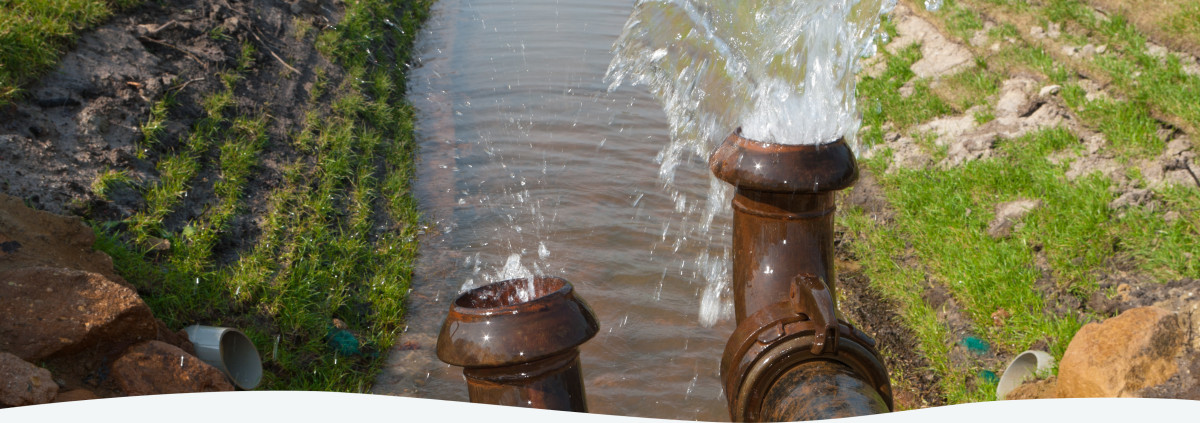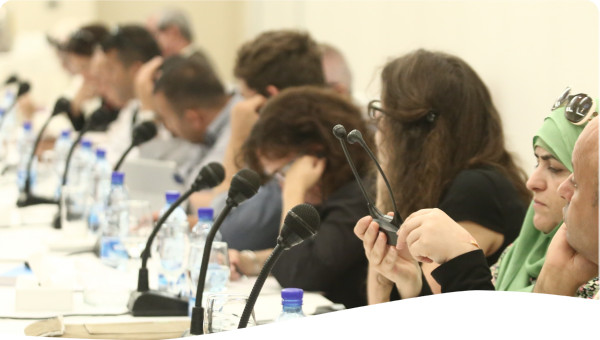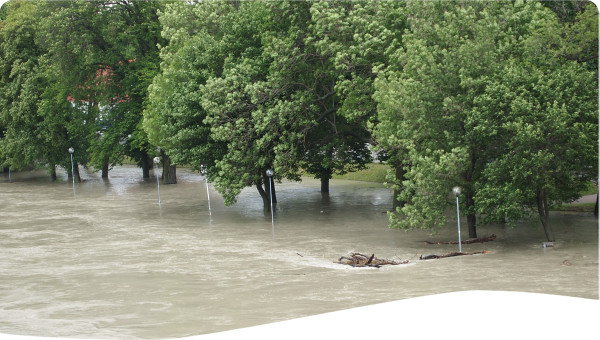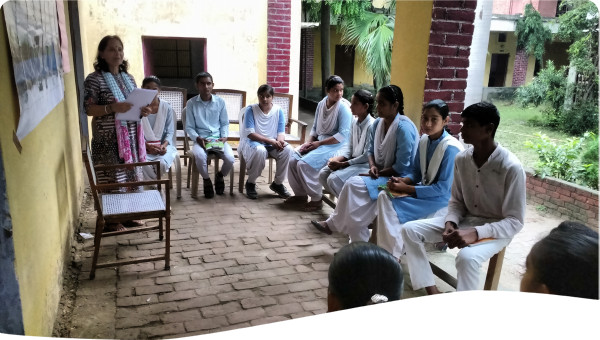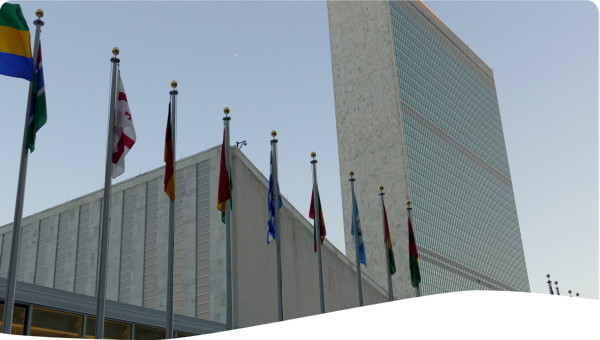Hebei has only met water demand through overdraft of deep groundwater, resulting in the formation of a groundwater overdraft depression. This issue is further exacerbated by saline water intrusion into the groundwater tables. The water administrative department has taken measures accounting for IWRM principles, for example by establishing the Water Users Association to encourage participatory management. The lesson learnt is the value of a participatory approach in management.
The Taocheng District of Hengshui City covers a total area of 590 km2 (including urban and suburb areas), of which 31,127 ha are farmland where about half of the population are farmers. Water resources per capita in the District are only 120 m3 and is a region of extreme water scarcity in south-east plain of Hebei Province of China. Surface water in the district is in extreme shortage and most of shallow groundwater in the district is saline water. Water demand has been maintained by overdraft from deep groundwater for many years. Meanwhile, many serious problems occurred such as ground settlement, shallow saline water intrusion to deep fresh water.
The District is one of the old well irrigation districts, with 2206 pumping wells supporting an effective irrigation area. This resulted in a deep groundwater table descending by 2 m per year, and the formation of a groundwater overdraft depression funnel area of more than 6300 km2 where the maximum ground depth reaches to 98 m. This has been accompanied by serious problems such as ground settlement and saline water intrusion. This led to deeper and deeper well digging, and the cost of irrigation was increasing constantly. Many disputes occurred because of water using and the comparative benefit of agriculture was descending.
To solve the problem of groundwater overdraft, since 1985, the Provincial Department of Water Resources started to popularise the rational irrigation system and the techniques of pipe water supply and border irrigation. Another technique of irrigation with mixed saline water and fresh water was popularised after 1998.
In 2002, the Ministry of Water Resources began to set up some pilot water-saving districts. The provincial government selected the Taocheng District as one of the provincial pilots, and worked out an implementation plan together with the local government and local water resources bureau. The plan including setting up a water management mechanism of government regulation, a market guidance and public participation, and the water resources bureau of the district conducting the macro regulation and control and unified management of water resources.
After the founding of the farmers Water User Associations, the main tasks of the local government and the water resources bureau are:
- To strictly control the overdraft of deep groundwater;
- To implement the water saving self-management mode, including controlling the total quantity and quota of water use, measuring each family’s water use, rewarding water saving and penalising over-users, carrying out self-governance of the association, and increasing marketing motivation and public participation;
- To guide the farmers and other water users to make self-management;
- To cultivate a water-valued, water-protected and water-saving environment;
- To construct a water-saving and pollution prevention society.
Furthermore, it also included farmer water user associations (WUAs) for the democratic water resources management for the allocated water; applying measures of total quantity control and quota management, as well as measuring water use at each family and encouraging water-saving users while penalising over-users.
The Water Use Certificates were distributed to each farmer family and water use. A guide on water saving techniques were provided to the water users. The application of these measures has served to reduce groundwater overdraft. The trend of groundwater table descending in deep groundwater is relieved. From 2003 to 2005, the annual water level descending rate reduced from 2 m to 1 m. The agricultural water saving has effectively reduced the groundwater table’s descent, and played an active role in improving water environment.
The case has shown that: the establishment of farmers WUA promoted the participation of stakeholders; by approaches of integrated management combined with government unified management and water users’ water saving self-management, the water-using relationship was improved and the water use efficiency was improved.
It is ineffective to pay attention only to technical measures while ignoring administrative measures.
Establishing WUA, distributing Water Use Certificates and carrying out water saving self-management is a good way of mobilising stakeholders.
 Case studies
Case studies